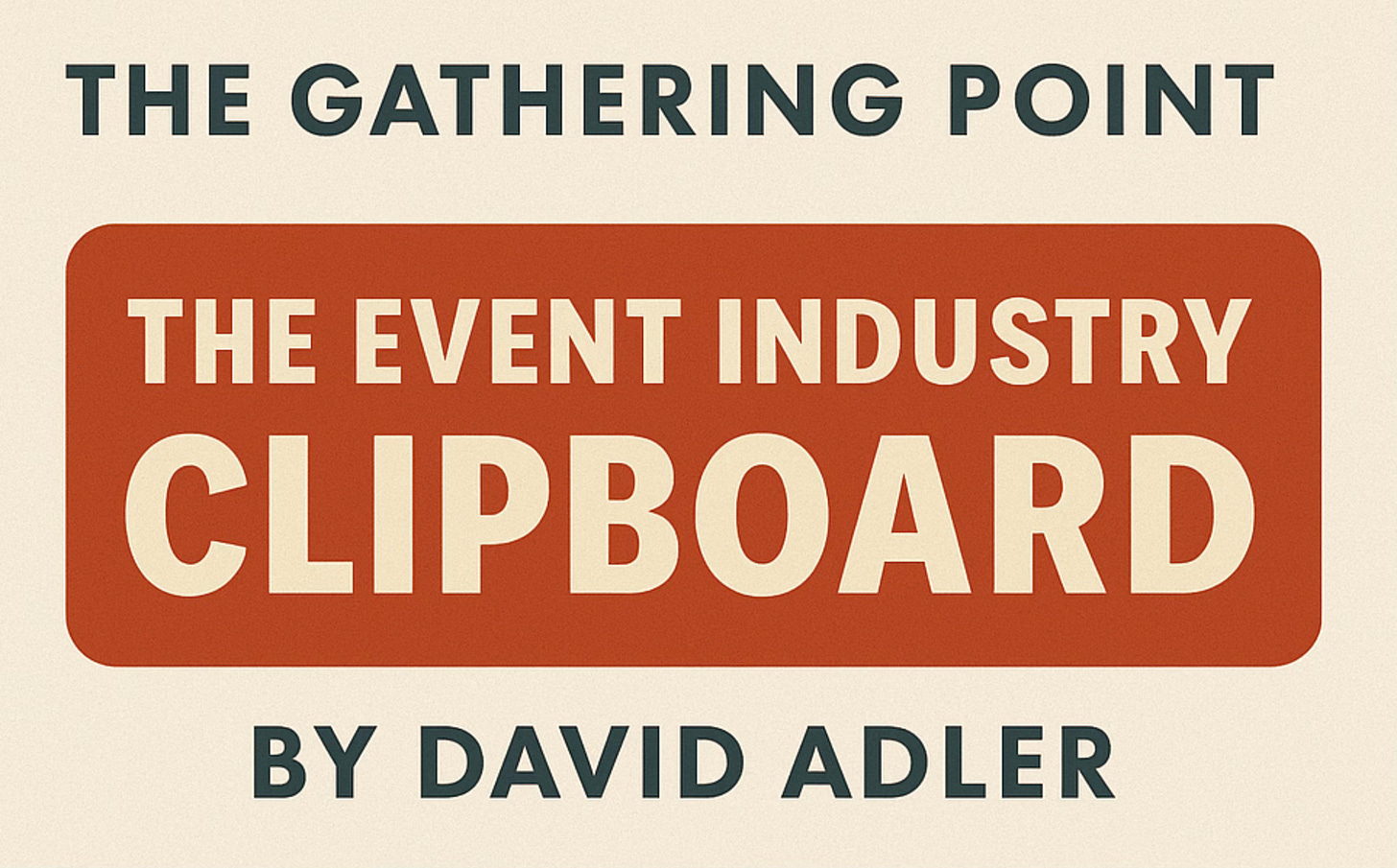The Event Industry Clipboard #1
What’s Really Driving the Event Industry in 2025
FROM ROMANCE TO RAGE: Conference Chemistry, AI Honors, Speaker Mutiny, The End of Small Talk, and Billion-Dollar M&A Whispers
Welcome to the first edition of The Event Industry Clipboard.
The Gathering Point exists to celebrate the event industry as the powerful force it truly is—an engine of commerce, culture, and connection.
We are the wholesalers of i…
Keep reading with a 7-day free trial
Subscribe to Gathering Point News to keep reading this post and get 7 days of free access to the full post archives.



